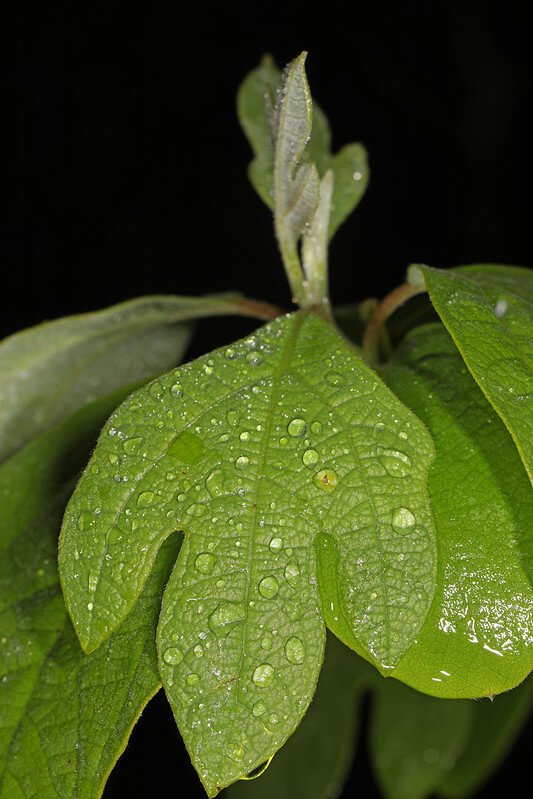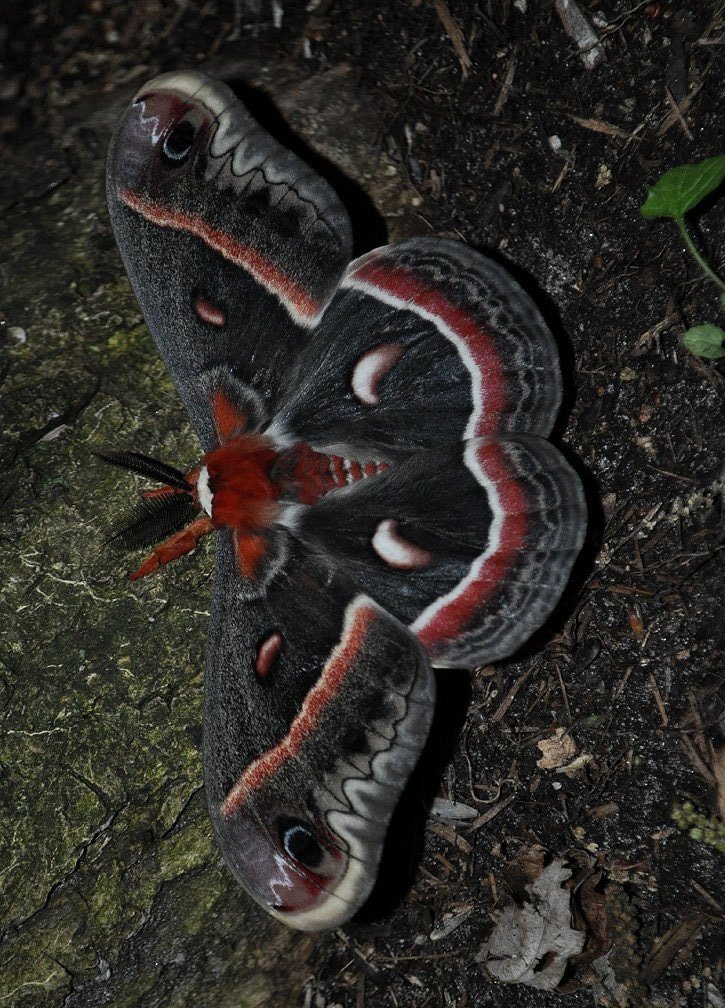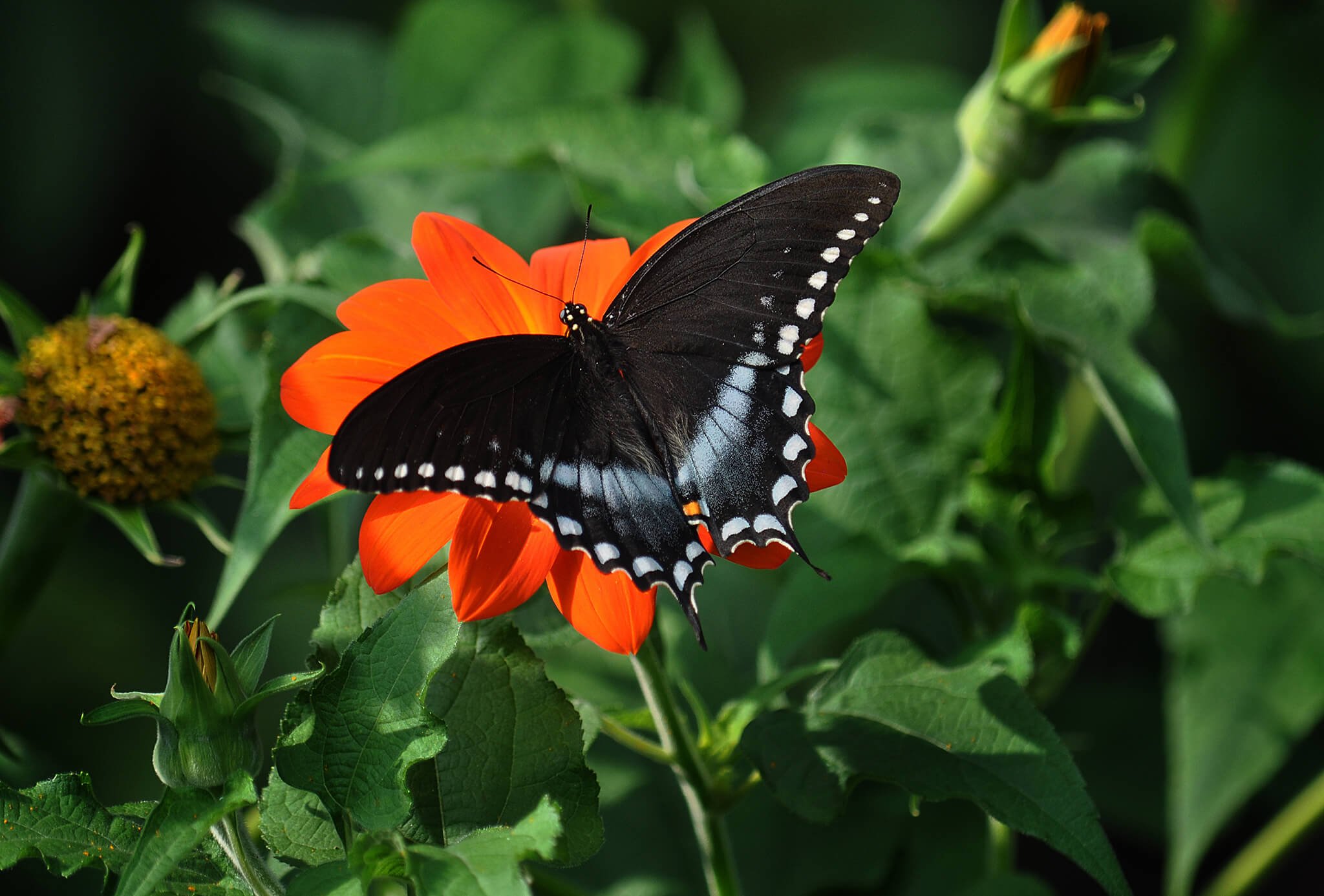Red-Osier Dogwood (Cornus sericea)
This fast-growing, multi-season shrub has long-blooming white flowers in the spring, pale blue to white fruit in late summer, and dark red stems that really pop against the white snow. Winter can be its most striking time of year. Red-osier Dogwood is the host plant to 120 species of butterflies and moths in our area (nwf.org), one of those potentially being the Spring Azure. The nectar and pollen of the flowers attract various native bees and butterflies and the short-tongued bee, Andrena fragilis, is a specialist pollinator of Cornus spp. Because of their higher-than-average fat content, the white drupes of Red-Osier Dogwood are an important food source of wood ducks, songbirds, and upland game birds. (illinoiswildflowers.info) (Audubon.org).
Photo credit: Fancylady (1), Under the same moon (2) John Blair (3)
This fast-growing, multi-season shrub has long-blooming white flowers in the spring, pale blue to white fruit in late summer, and dark red stems that really pop against the white snow. Winter can be its most striking time of year. Red-osier Dogwood is the host plant to 120 species of butterflies and moths in our area (nwf.org), one of those potentially being the Spring Azure. The nectar and pollen of the flowers attract various native bees and butterflies and the short-tongued bee, Andrena fragilis, is a specialist pollinator of Cornus spp. Because of their higher-than-average fat content, the white drupes of Red-Osier Dogwood are an important food source of wood ducks, songbirds, and upland game birds. (illinoiswildflowers.info) (Audubon.org).
Photo credit: Fancylady (1), Under the same moon (2) John Blair (3)
This fast-growing, multi-season shrub has long-blooming white flowers in the spring, pale blue to white fruit in late summer, and dark red stems that really pop against the white snow. Winter can be its most striking time of year. Red-osier Dogwood is the host plant to 120 species of butterflies and moths in our area (nwf.org), one of those potentially being the Spring Azure. The nectar and pollen of the flowers attract various native bees and butterflies and the short-tongued bee, Andrena fragilis, is a specialist pollinator of Cornus spp. Because of their higher-than-average fat content, the white drupes of Red-Osier Dogwood are an important food source of wood ducks, songbirds, and upland game birds. (illinoiswildflowers.info) (Audubon.org).
Photo credit: Fancylady (1), Under the same moon (2) John Blair (3)
Life Cycle: Perennial
Sun Exposure: Full, Partial sun
Soil Moisture: Wet - Medium
Height: Up to 10 feet
Plant Spacing: 2-5 feet
Bloom Time: June - September
Bloom Color: White
Advantages: Caterpillar Favorite, Pollinator Favorite, Bird Favorite, Deer Resistant, Recommended, but can be very vigorous
Host Plant: Cecropia Silkmoth, possibly the Spring Azure, and 120 other species of butterflies and moths use this as a caterpillar host plant in our area (nwf.org)
Specialist Bee: Short-tongued bee Andrena fragilis, A. persimulata, and A. platyparia (Holm, 2017)
Resource: Holm, Heather. Bees: An Identification and Native Plant Forage Guide. Pollination Press, 2017











